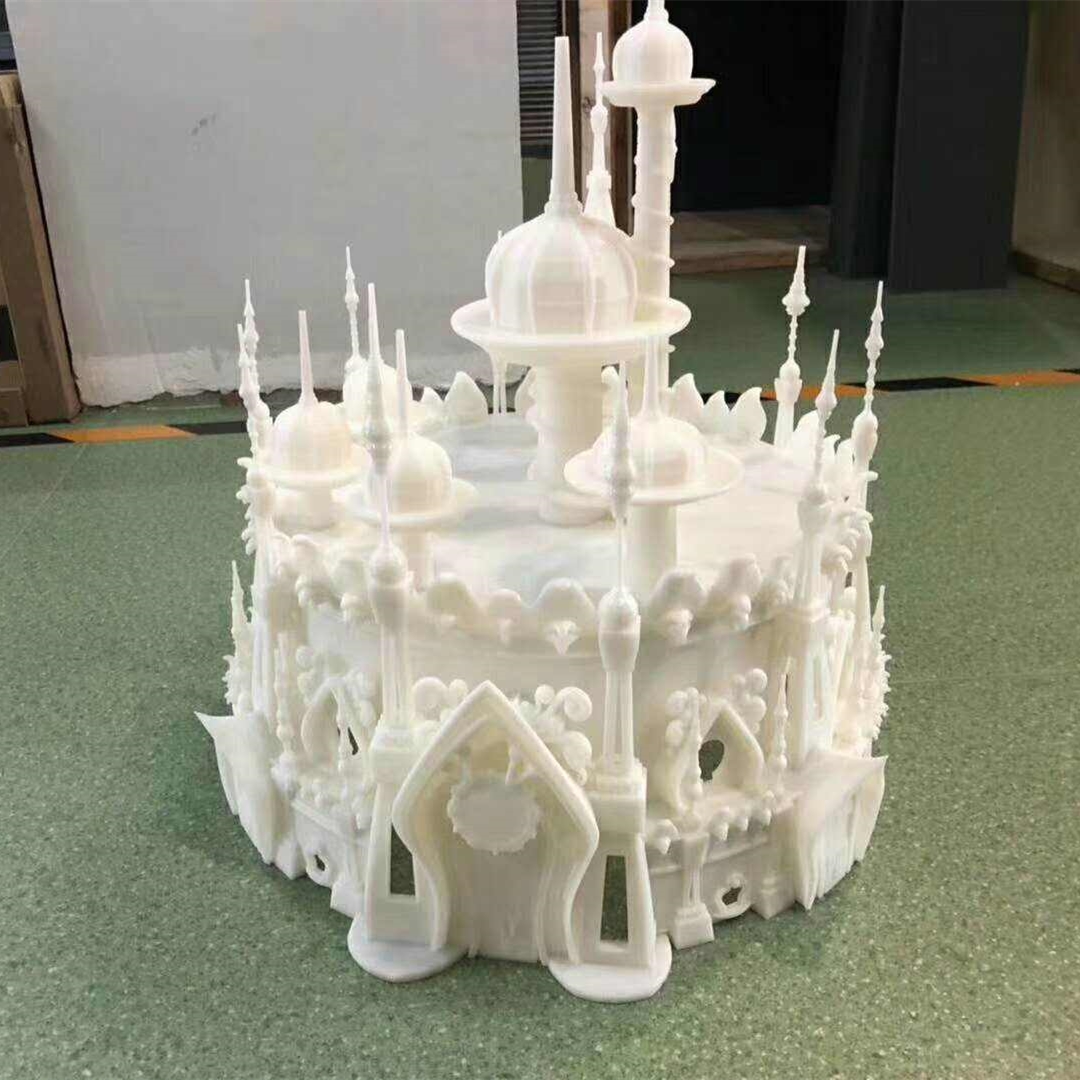Helpful Remedies for Resolving Inkjet Resin Not Adhering on Build Plate
After each layer, your 3D printed part will separate from the printer's FEP plate. Understandably, this can lead to confusion and cleanup work. However, there are steps you can take to prevent such issues.
01. Build Plate Leveling
First off, ensure that your build plate is perfectly parallel with the FEP board. If not, simply adjust the screws securing it on the platform.
Clean the build plate thoroughly.
Mount the build plate onto the printer.
Gently loosen the screws to allow for free movement.
Ensure the FEP is clean and devoid of residue.
Lower the build plate manually or automatically.
Tighten the screws back in place to secure the build plate.
Check if the build platform reaches the bottom of the resin tank.
Sometimes, a faulty end switch may restrict the platform's descent.

02. Lift Settings
Distance
After each exposure phase, detach the print from the FEP. The platform should rise several millimeters or centimeters depending on the material. Flexible FEP sheet should be able to stretch slightly. Typically, fresh resin flows into these areas before the platform lowers again.
However, insufficient lift distance can result in incomplete detachment. Without fresh resin flowing into these regions, they continue to harden. Eventually, the print could crack at its weakest point and settle at the bottom of the resin tank.
Typically, the lift distance setting is well-defined. Refer to manufacturer's data for guidance. Remember, the lift distance for elastic materials must exceed that of rigid resins as they're more likely to stretch with the platform's ascent.
Speed
The lift speed also plays a role. Different forces can impact the printing process based on the speed. Cavities within the print and high viscosity resin can increase the load.
Since the FEP is flexible, its degree of stretching depends on the lift speed of the build plate. Too rapid an ascent can increase pressure on the print and risk its detachment. Conversely, too slow a lift can have the opposite effect. This allows more time for the FEP to stretch. To compensate, the lift distance needs to be increased to ensure separation between the print and the FEP. This results in longer printing times.
Like the lift distance, manufacturer's data provides optimal lift speed settings for specific resin printer combinations.

03. Take Care of Your Resin
To avoid adhesion issues, make sure the resin is optimally shaped. After all, resin curing is a chemical reaction requiring certain conditions.
Try to limit the time the resin stays in the bucket. Pigments and additives in the resin tend to settle after one day, so stir the resin prior to printing (but do so gently to avoid damaging the FEP). Resin stored for weeks might partially solidify or lose activity, potentially leading to adhesion problems.
Resin also requires suitable temperature for curing. Ideally, 25-30°C, although this may vary by resin type and manufacturer. If operating temperatures fall slightly below this range, consider increasing exposure time. However, if the ambient temperature around the printer often dips below 18°C, a heater might be necessary. Alternatively, preheat the build plate using a blow dryer or hot air gun before printing.
Website Address: www.brozan3dprinter.com
WhatsApp Number: +15716101282
